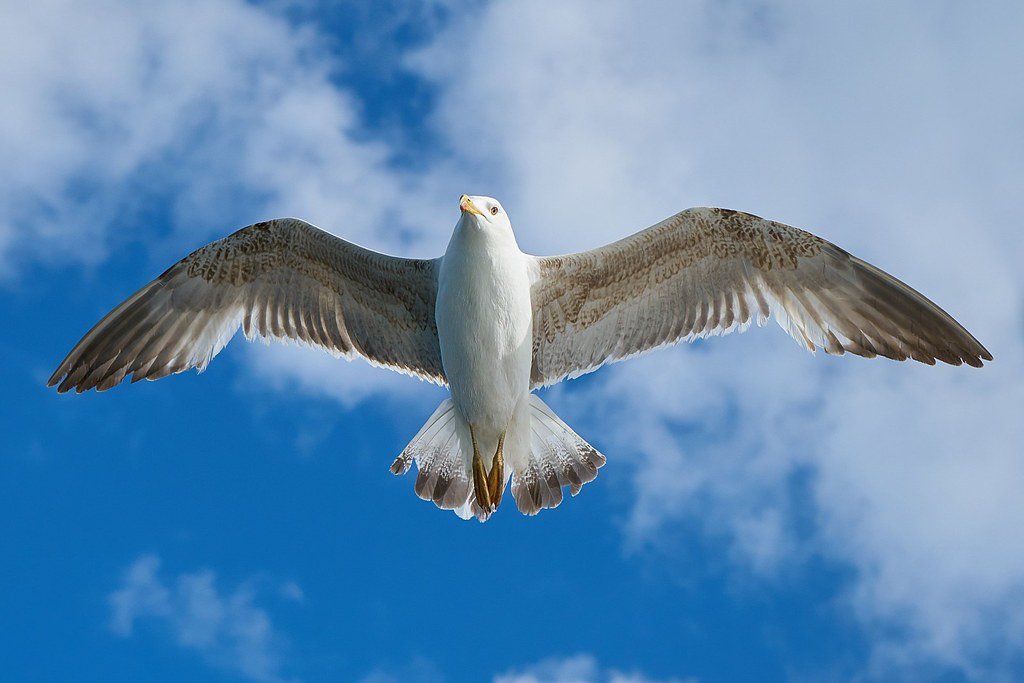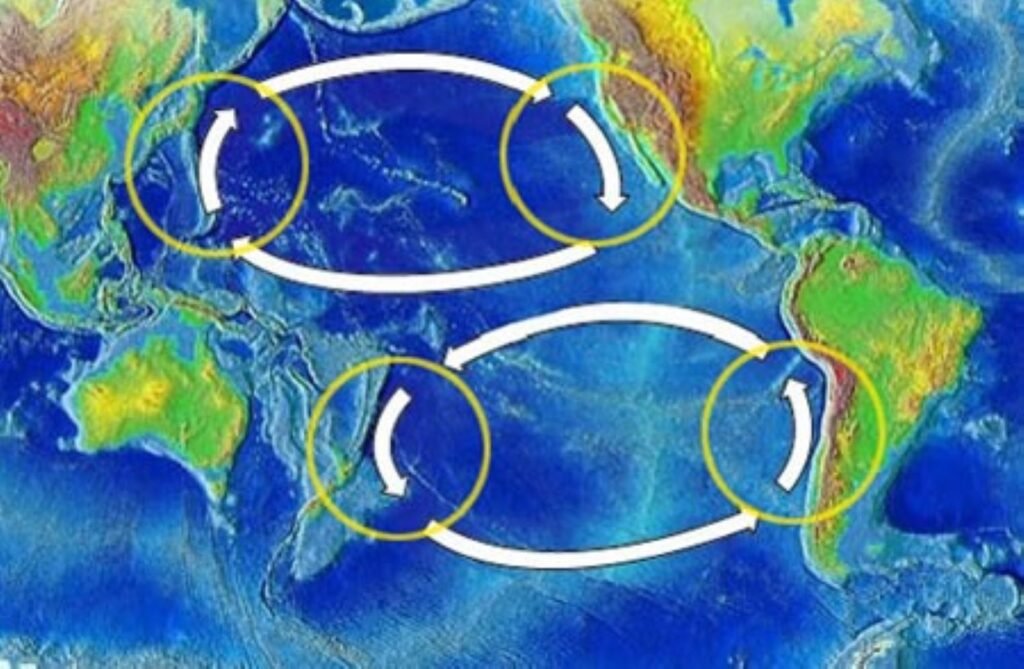A century ago, most Americans had never heard a coyote’s haunting howl in their backyard. Today, these smart, adaptable predators have colonized virtually every corner of the nation, from the bustling streets of Chicago to the skyscrapers of Manhattan. This remarkable success story isn’t just about one species – it’s about how humans accidentally created the perfect conditions for coyote world domination, turning what was once a regional prairie animal into America’s most successful urban immigrant.
Their Original Homeland Was Much Smaller
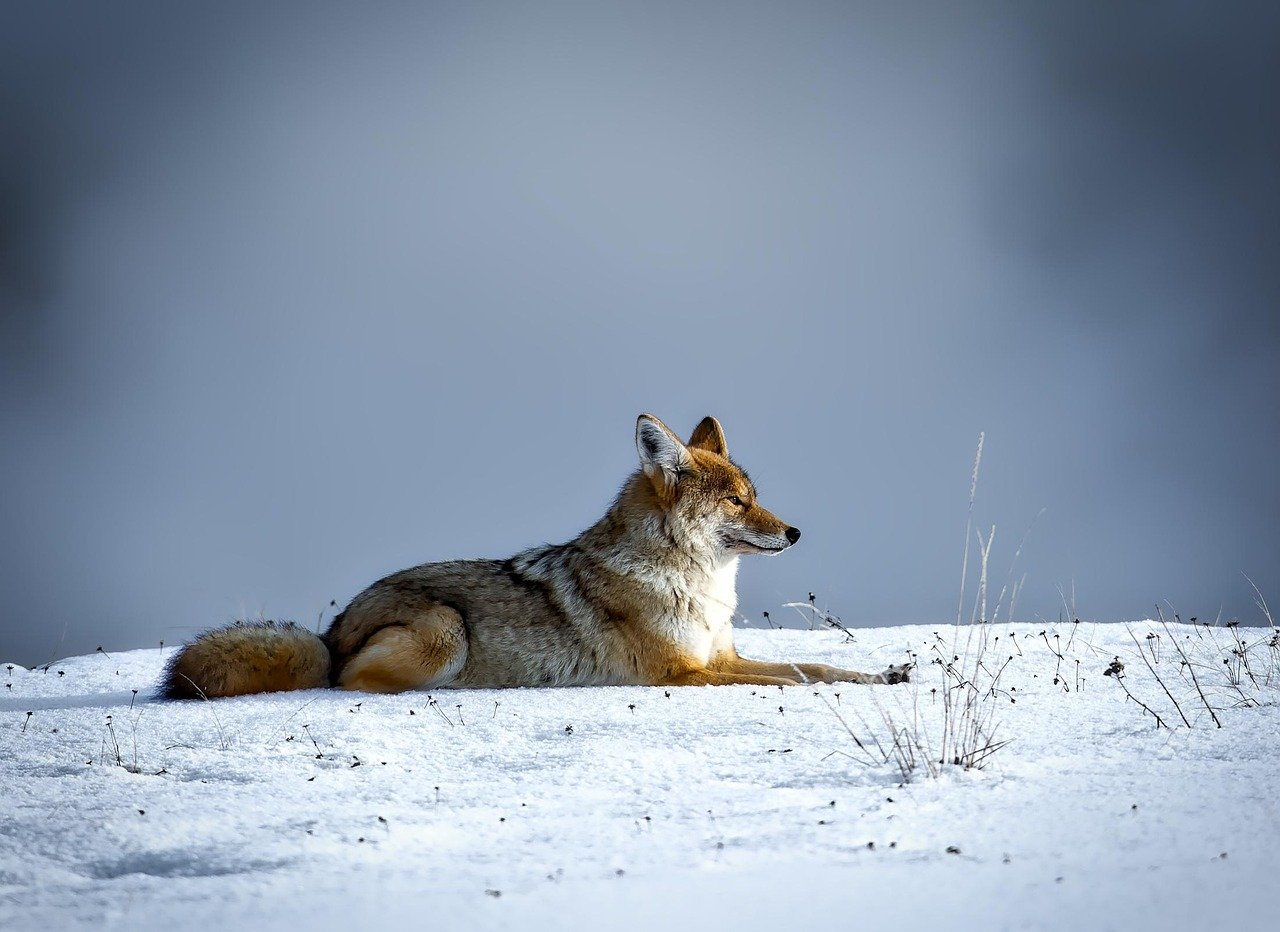
Think of coyotes as the ultimate American success story, but one that started from humble beginnings. Prior to 1700, coyotes were restricted to the prairies and desert areas of Mexico and central North America, with their pre-Columbian range limited to the Southwest and Plains regions of North America, and northern and central Mexico. This was their world for thousands of years – a landscape of open grasslands and scattered desert scrub.
The historical range extended east to the Mississippi and Ohio Rivers and west through California and the arid west, representing a longstanding geographic distribution that formed well before the 1700s. But here’s where it gets interesting: scientists now realize that old maps showing coyotes only in the Great Plains were wrong.
The Great Wolf Elimination Changed Everything
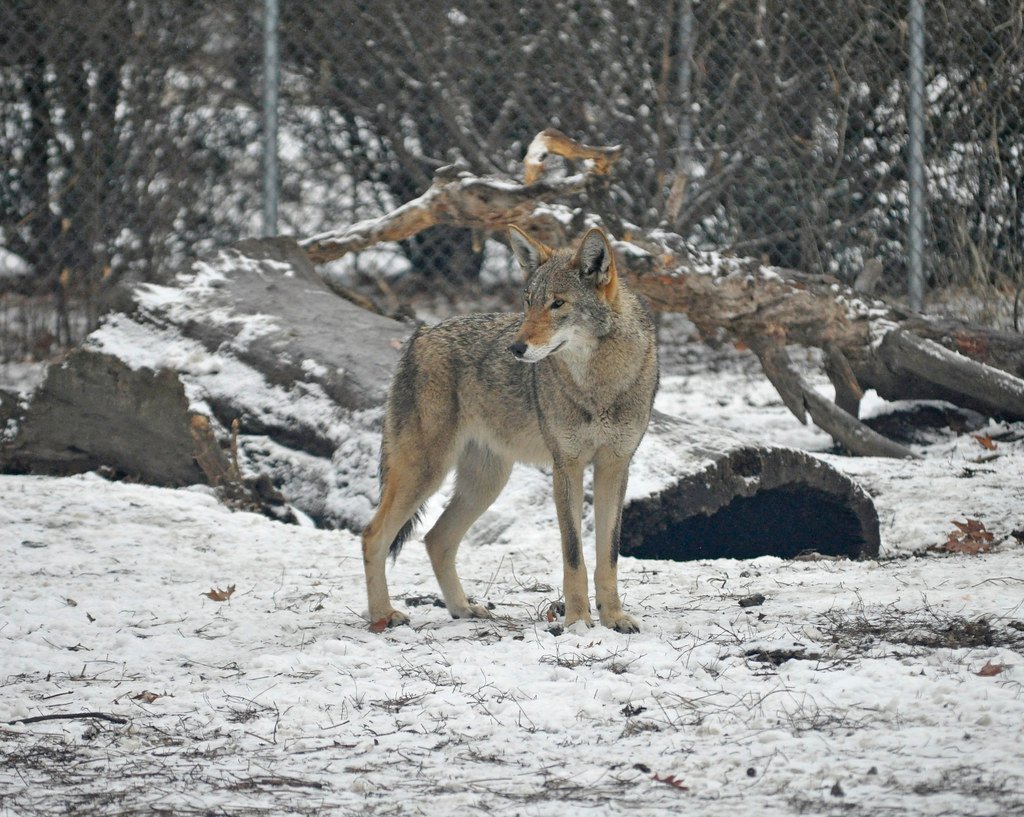
Picture this: American settlers in the 1800s saw wolves as their mortal enemy, launching what can only be described as an all-out war against these apex predators. By the 19th century, coyotes began expanding north and east, expanding further after 1900, coinciding with land conversion and the extirpation of wolves. It’s like removing the neighborhood bully – suddenly, everyone else gets bolder.
Coyotes, like other predator species, were highly persecuted during the 1800s and early 1900s through concerted efforts by local, state, and federal entities with bounties and government control programs, with coyote numbers reaching a low point during the 1920s, but unlike other carnivore species, coyotes were never fully extirpated like black bears, cougars, and gray wolves. While wolves vanished, coyotes held on and waited for their moment.
Agriculture Created Coyote Highways
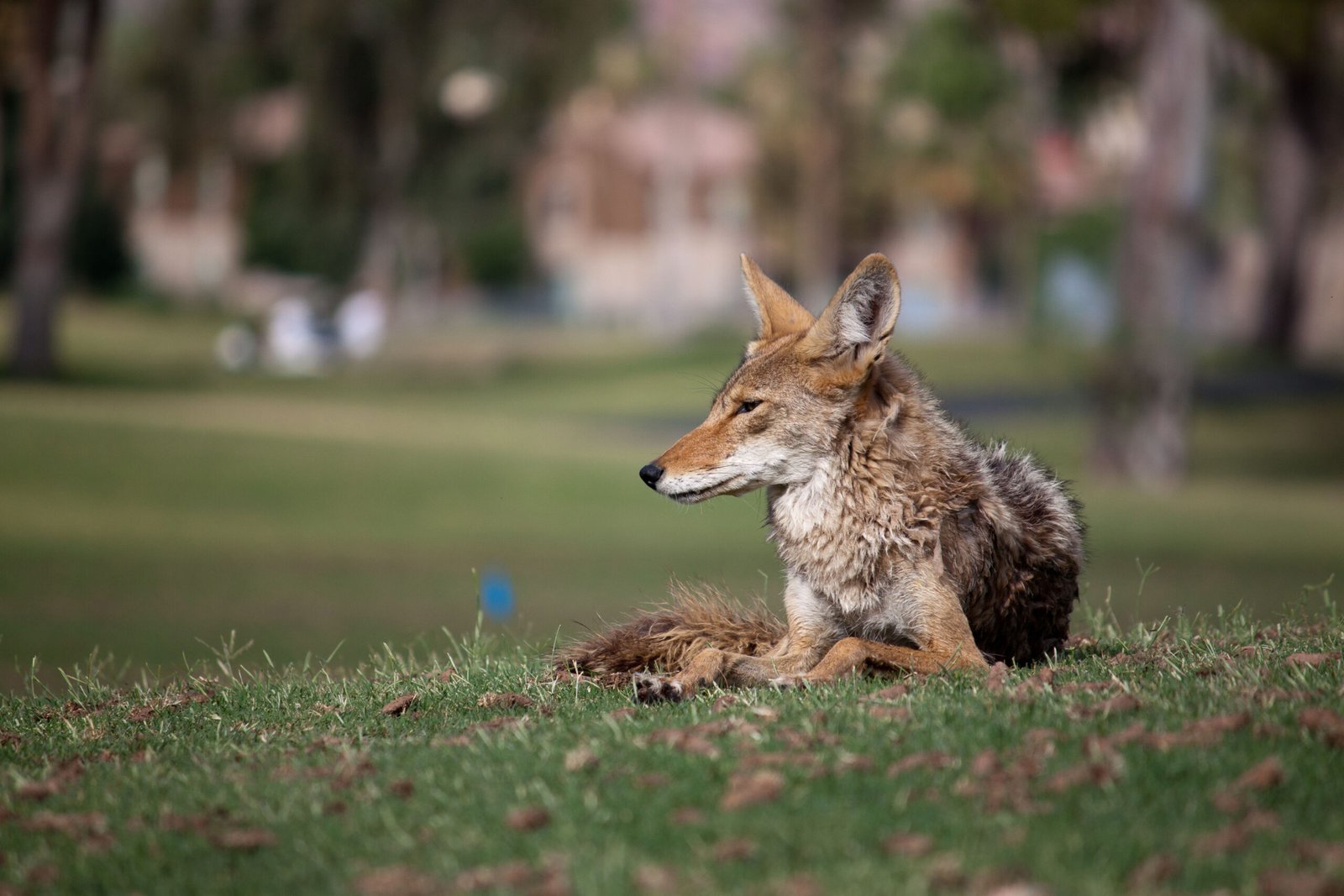
When farmers started carving up America’s forests and grasslands, they unknowingly rolled out the red carpet for coyotes. Around 1920, coyotes began their expansion across North America, likely aided by an expansion of human agriculture, forest fragmentation, and hybridization with other species. Every new farm, every cleared forest, every fragmenting habitat patch created the perfect travel corridors for these adaptable carnivores.
Human activities like agriculture, infrastructure, and urban areas fragment natural habitats, while farming and agriculture divert resources and create isolated patches of what once was one large natural area. For most species, this spells disaster. For coyotes, it was like someone built them a superhighway system across the continent.
They Became Genetic Shapeshifters
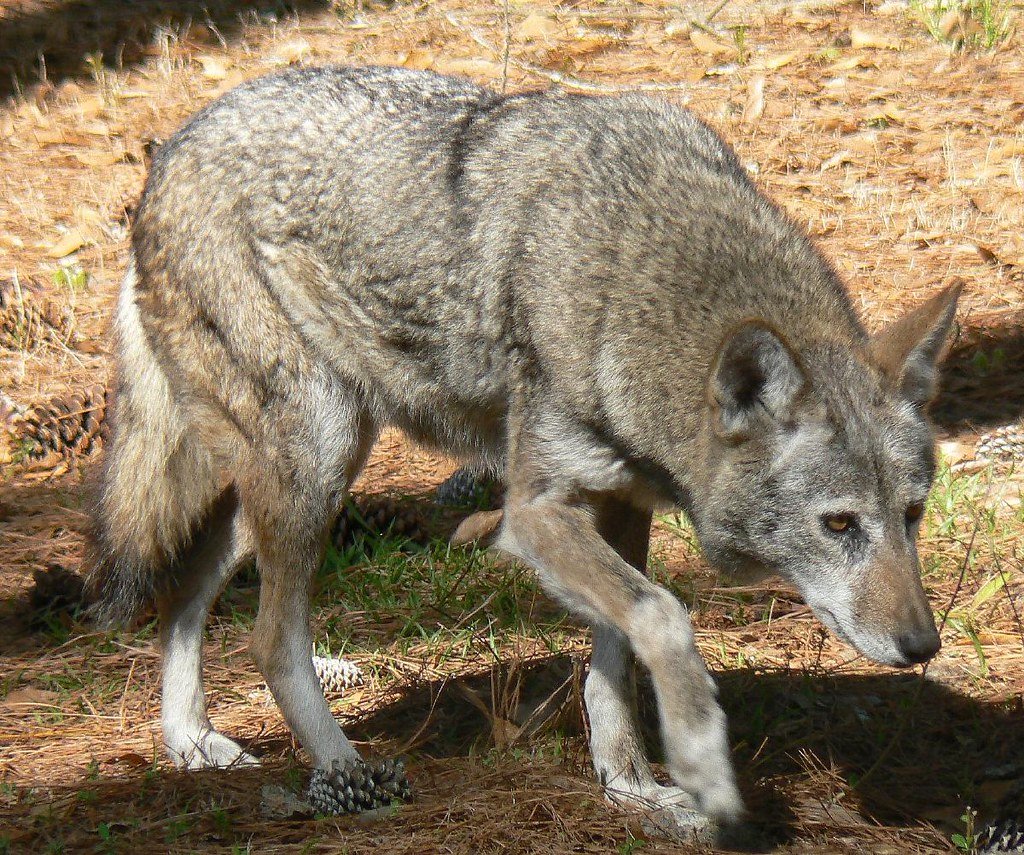
Here’s where coyotes pulled off their most brilliant evolutionary trick: they started mixing their DNA with other canids. Eastern expansion was aided by hybridization with wolves and dogs, resulting in size and color variation among eastern coyotes. Think of it as biological networking – they borrowed the best traits from their bigger, stronger cousins.
Hybridization with wolves and domestic dogs in eastern North America introduced new genotypes that may have promoted colonization and survival in eastern habitats, while coyotes expanding into the southeastern United States bear evidence of introgression from dogs. These hybrid “coywolves” were bigger, tougher, and better equipped to handle the challenges of eastern forests and urban landscapes.
Cities Became Their Favorite Neighborhoods
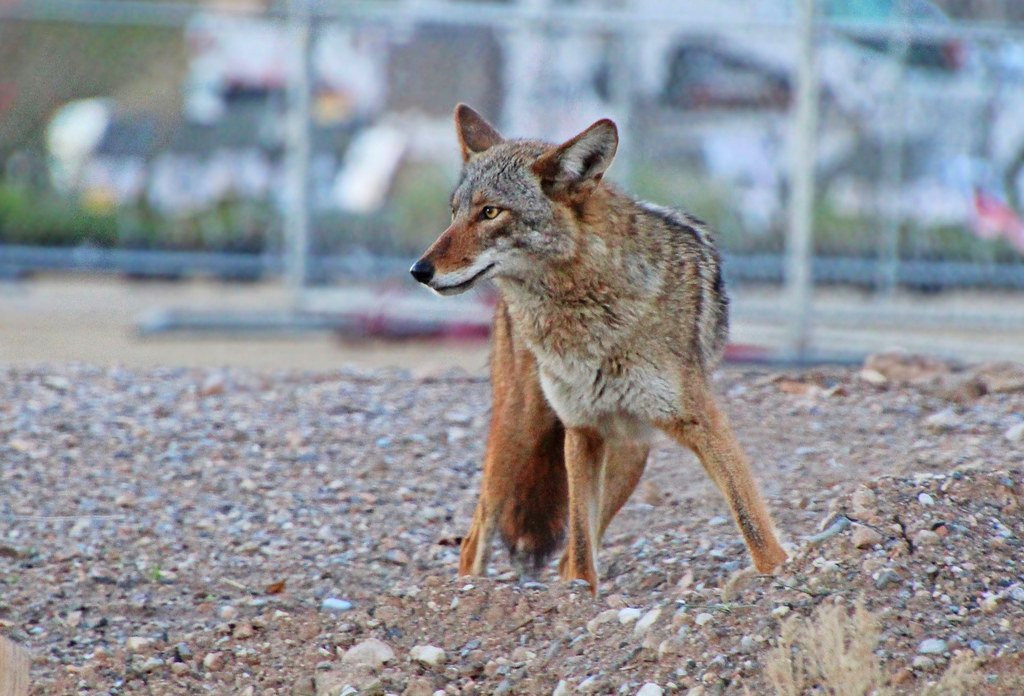
While most wild animals flee from human development, coyotes did something unprecedented – they moved into our cities and thrived. They’ve significantly increased their habitat across North America since the 1950s and now live in every U.S. state but Hawaii, with their rise fueled by the near-extinction of wolves, the crash of the coyote pelt market, and the explosion of food-rich suburbs. Urban environments offered them something their natural habitats couldn’t: year-round buffets and fewer predators.
Cities offer abundant resources and relative safety compared to wild environments, where coyotes face more natural predators and harsher survival conditions, with urban coyotes learning to navigate roads, utilize green spaces, and adjust their behavior to minimize human contact. They figured out that garbage cans, pet food, and small mammals in parks made city living pretty comfortable.
The Chicago Success Story
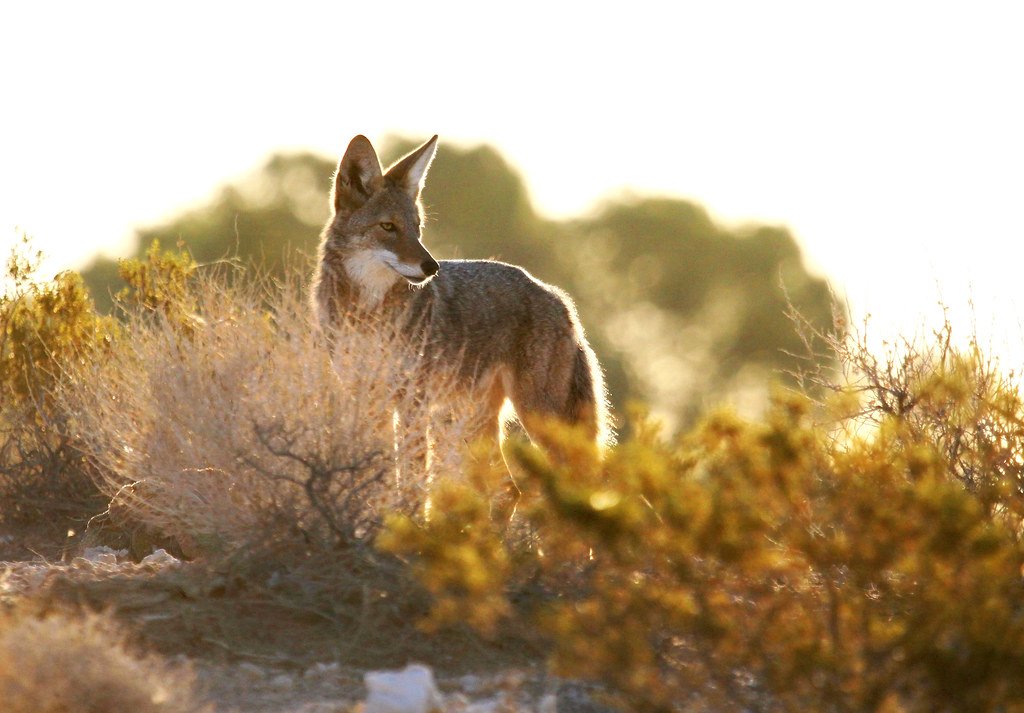
Chicago became coyote central, home to one of the most studied urban coyote populations in the world. Researcher Stan Gehrt has studied Chicago’s coyotes since 2000, not long after the animals surfaced in the nation’s third biggest city, consistently underestimating this animal and its ability to adjust and adapt. What they found was mind-blowing.
Gehrt and colleagues estimate that approximately 2,000 coyotes live in the Chicago metropolitan area, with researchers finding that urban coyotes tend to live longer than their rural counterparts, kill rodents and small pets, and live anywhere from parks to industrial areas, with an estimated 2,000 coyotes in the Chicago metropolitan area. These city coyotes weren’t just surviving – they were thriving better than their country cousins.
Dense Human Areas Equal Longer Lives
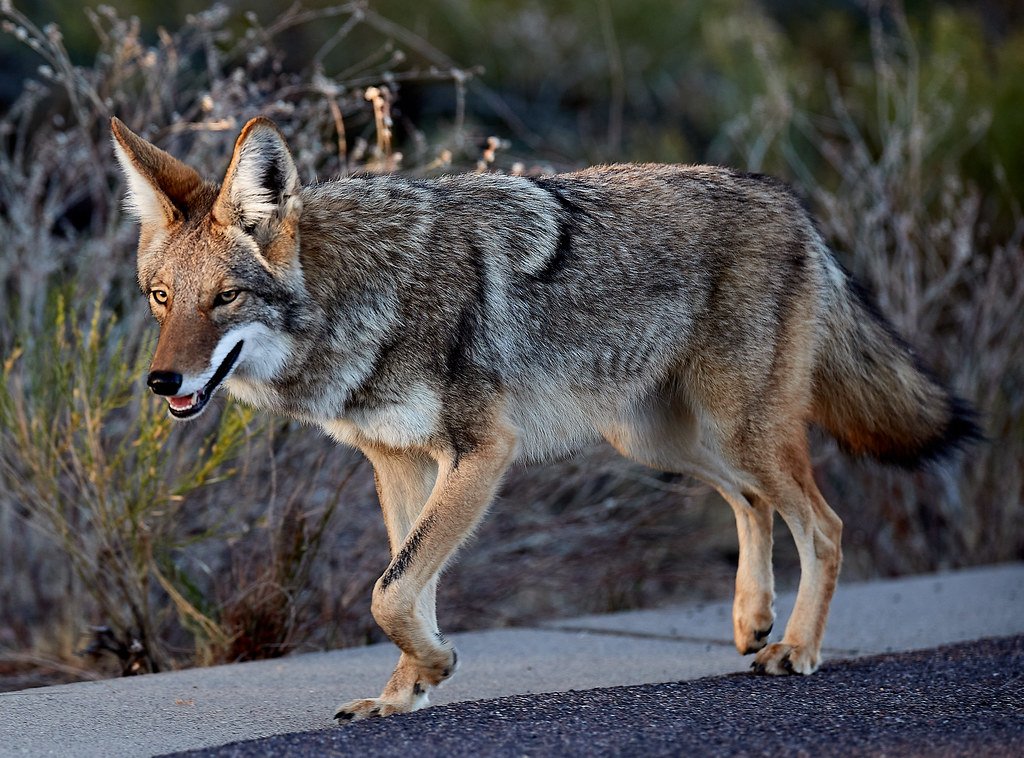
Scientists made a shocking discovery that flipped conventional wisdom on its head. Research showed a positive relationship between survival rate and human population density, with coyotes in lower-income areas being 1½ times more likely to survive to age 2 than coyotes in high-income areas at moderate and high levels of human density. More humans meant longer coyote lives – the exact opposite of what anyone expected.
This unexpected finding suggests that human-related resources, such as food and shelter, may help coyotes survive harsh conditions like winter, with coyotes in lower-income neighborhoods having better survival rates possibly due to less competition and disease transmission. It turns out that densely populated areas provide coyotes with heat, food sources, and protection from the elements.
They Evolved Urban-Specific Behaviors
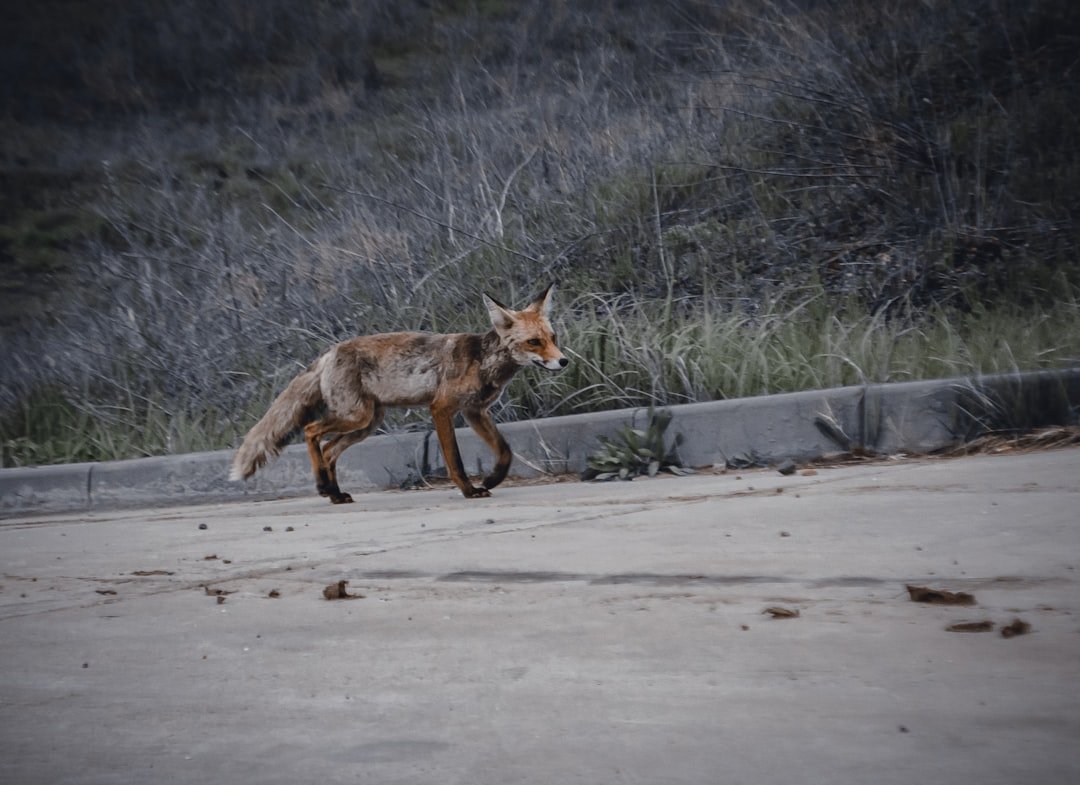
Urban coyotes didn’t just move to cities – they became different animals entirely. Research results indicate that urban coyotes are bolder and more exploratory than rural coyotes, with bolder behavior emerging over several decades through possible processes like learning and selection. They developed a swagger that their country relatives lack.
Urban coyotes presumably transmit urban survival skills to their pups, and once the pups grow and disperse, they settle in urban habitat similar to the one they were trained in, resulting in urban coyote populations becoming genetically distinct from populations in natural habitats. City coyotes were literally evolving into a different type of coyote, passing down street smarts through generations.
The Speed of Their Expansion Broke Records
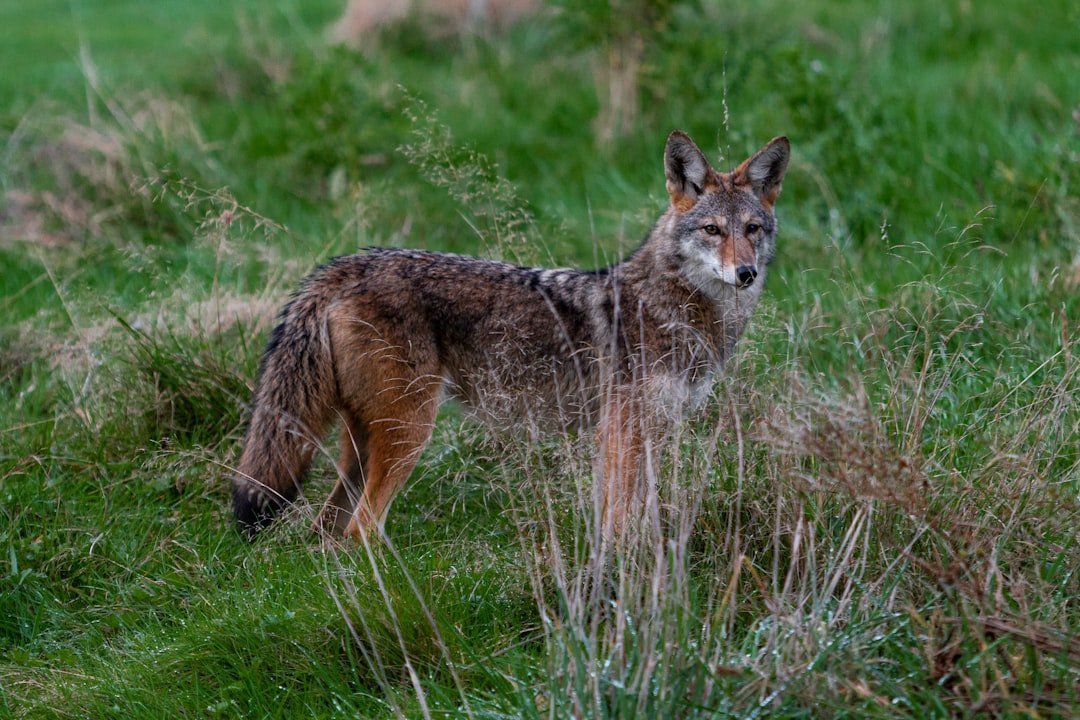
The pace of coyote colonization has been nothing short of breathtaking. They’ve increased their habitat by 40 percent since the 1950s – twice the rate of any other North American carnivore, expanding from their historical geographic range west of the Mississippi River to a current range of almost all of North America throughout the 20th century. No other large predator has pulled off anything close to this continental conquest.
Almost all eastern states show exponential growth with no leveling off in most places, which is why research projects in Chicago, New York, Vancouver, Los Angeles, Denver, Washington D.C., and San Francisco are trying to figure out how people can best coexist with a predator that’s here to stay. The coyote expansion train shows no signs of slowing down.
They’re Still Expanding Their Empire
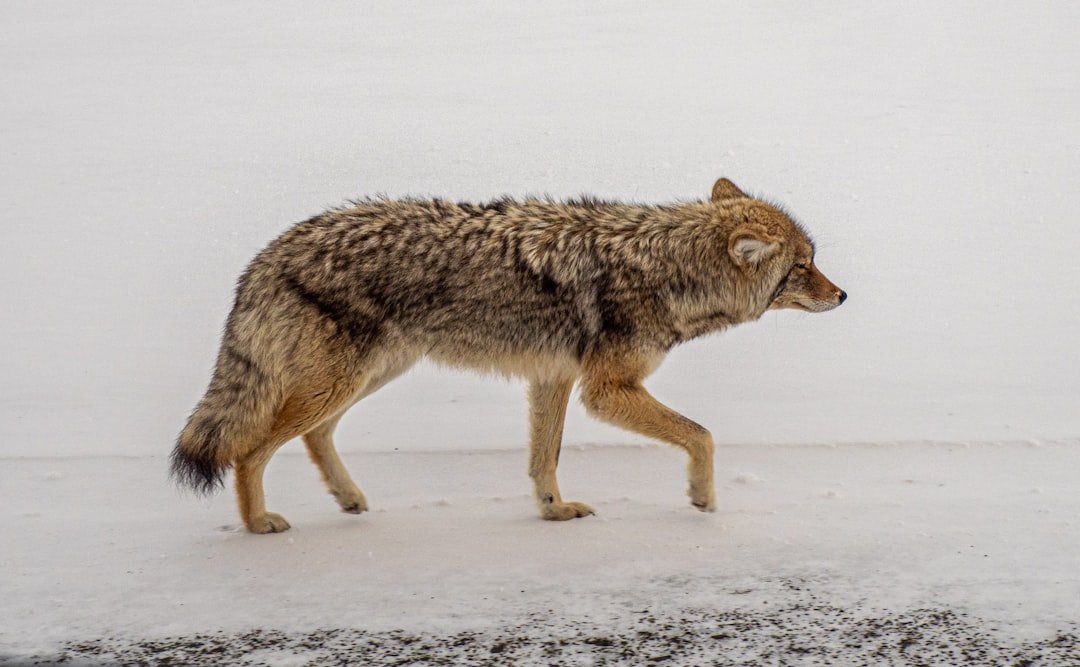
Even today, coyotes continue pushing boundaries that scientists thought were impossible to cross. Range expansion reached Costa Rica during the 1980s and northern Panama in the early 1980s, with the species now occupying the majority of areas between 8°N (Panama) and 70°N (northern Alaska), and coyotes predicted to appear in northern Belize in the near future. They’re literally marching toward South America.
Concerns have been raised of a possible expansion into South America through the Panamanian Isthmus, should the Darién Gap ever be closed by the Pan-American Highway, with this fear partially confirmed in January 2013, when the species was recorded in eastern Panama’s Chepo District, beyond the Panama Canal. The coyote empire might soon span two continents.
Conclusion
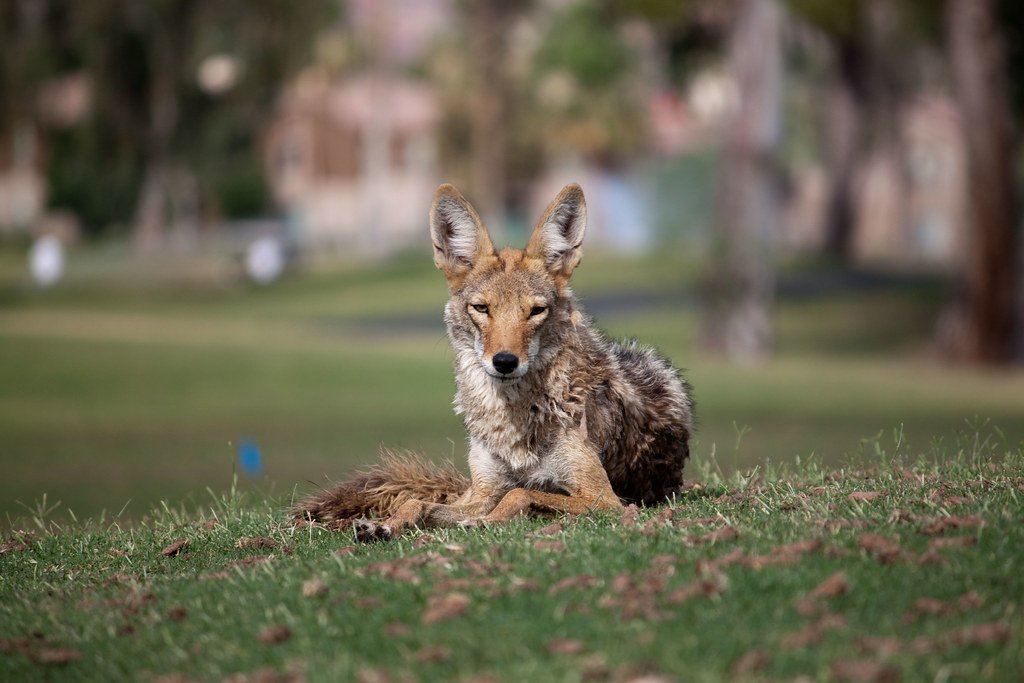
From a modest range in North America’s grasslands to nearly complete continental domination in just over a century, coyotes have rewritten the rules of wildlife success. They’ve accomplished what no other large carnivore has managed: turning human development from a threat into an advantage. These cunning survivors didn’t just adapt to our changing world – they conquered it, one city block at a time. As urban areas continue expanding and climate change reshapes ecosystems, coyotes stand poised to inherit even more territory. The question isn’t whether they’ll continue spreading – it’s where they’ll show up next. Have you heard their howls in your neighborhood yet?

Jan loves Wildlife and Animals and is one of the founders of Animals Around The Globe. He holds an MSc in Finance & Economics and is a passionate PADI Open Water Diver. His favorite animals are Mountain Gorillas, Tigers, and Great White Sharks. He lived in South Africa, Germany, the USA, Ireland, Italy, China, and Australia. Before AATG, Jan worked for Google, Axel Springer, BMW and others.


